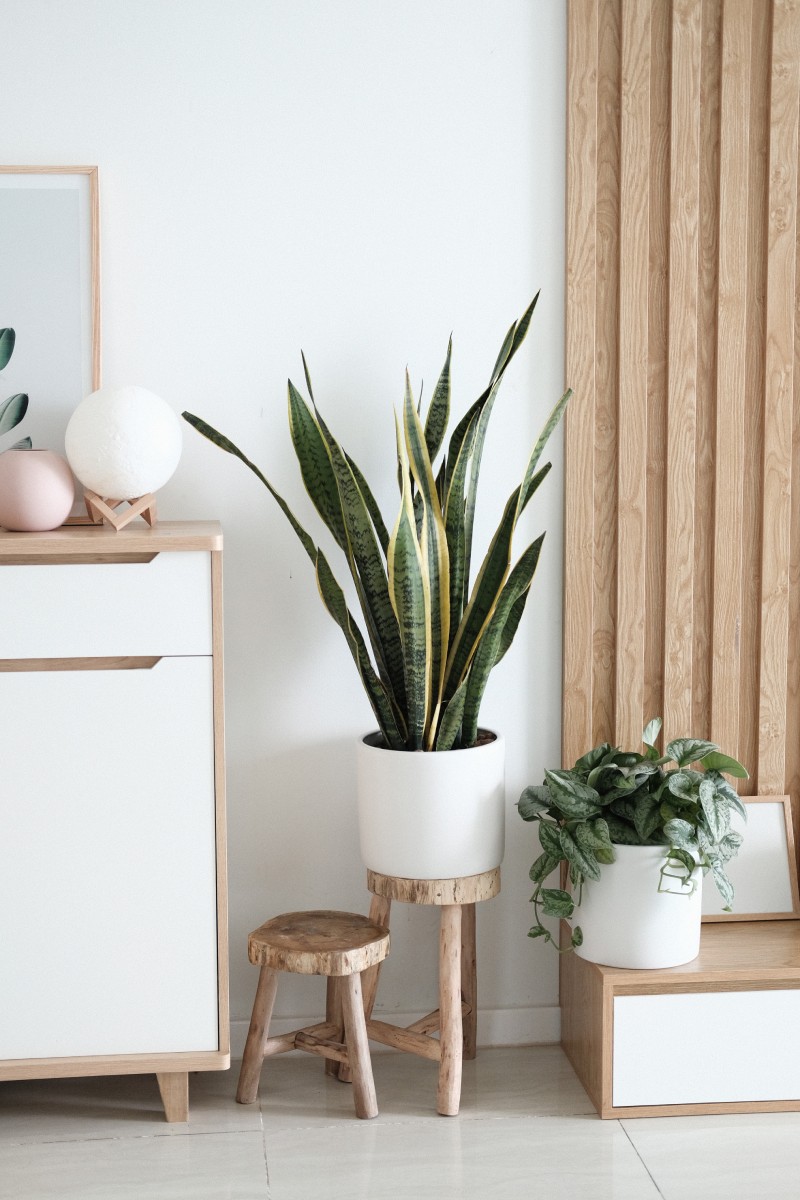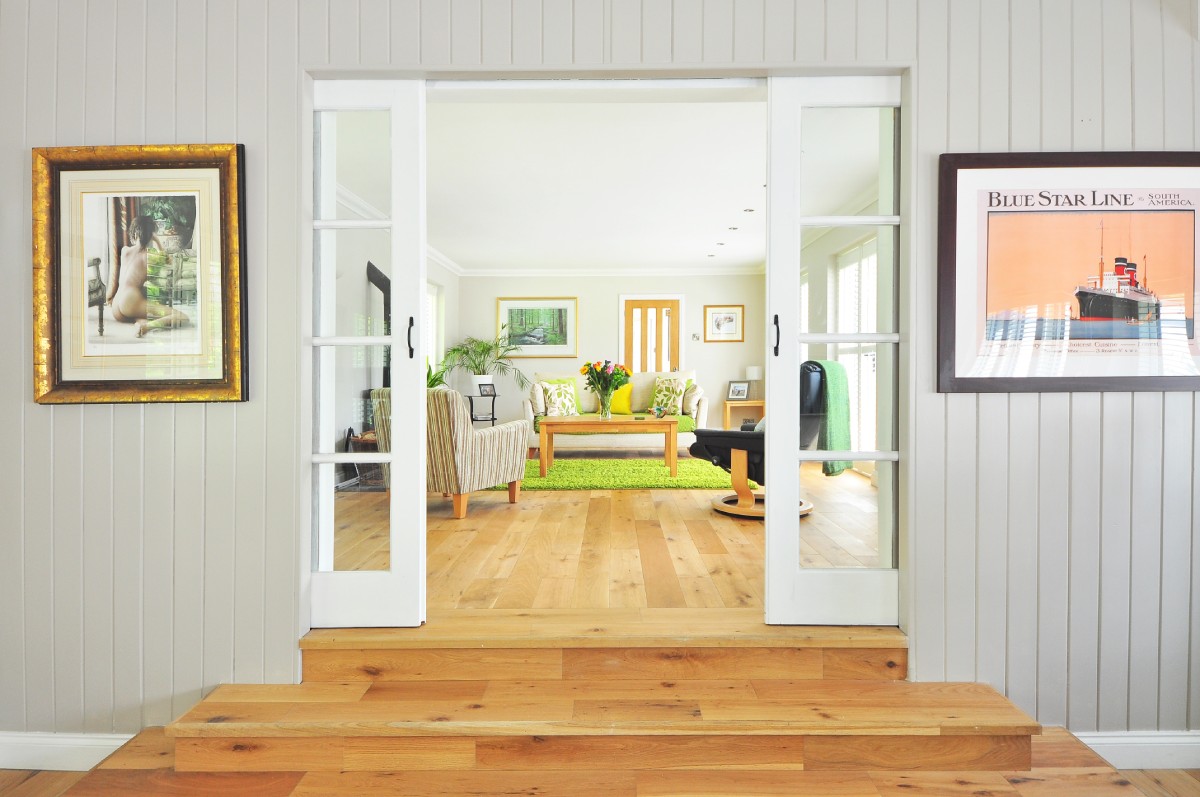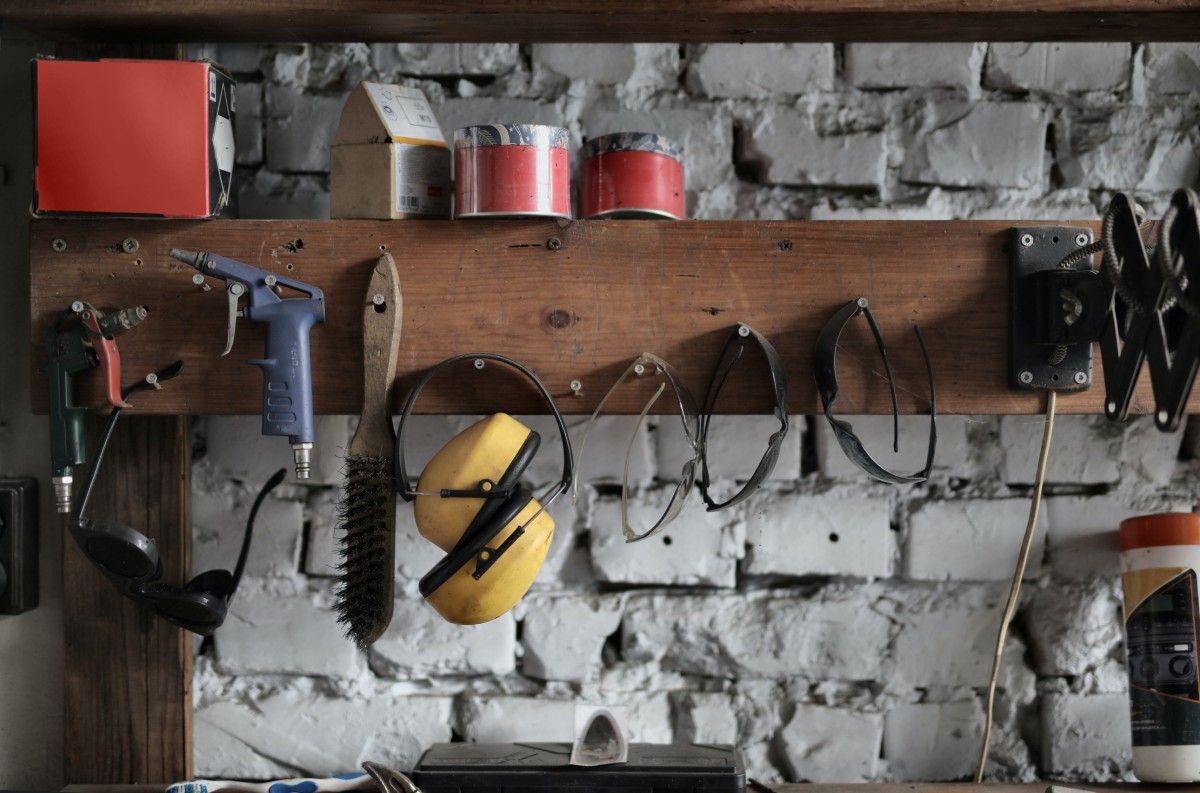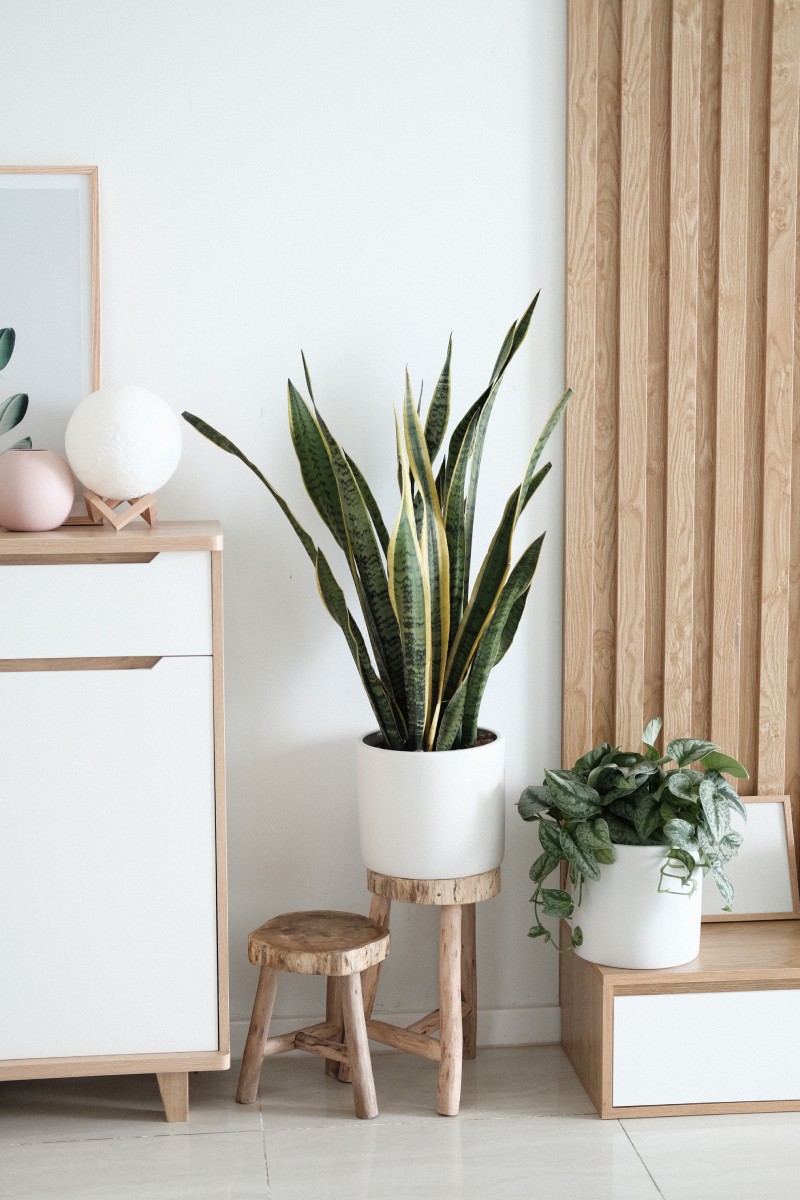Introduction
Welcome to an exploration of how indoor plants can play a pivotal role in creating a green and sustainable home. As concerns over climate change, pollution, and overall well-being grow, many people are looking for ways to make their living spaces not just aesthetically pleasing but also environmentally responsible. In this context, indoor plants emerge as not just decorative items but as vital components in constructing an eco-friendly household. In this introductory section, we’ll delve into what indoor plants are, outline their myriad benefits, and give you a preview of the topics this article will cover.
Brief Explanation of Indoor Plants
Indoor plants, also known as houseplants, are plants that are grown and nurtured inside homes, offices, or other closed spaces. Unlike outdoor plants, they don’t require natural elements like direct sunlight, rainfall, or soil from the garden. Many indoor plants are variants of plants native to tropical and arid climates, adapted over time for indoor growth. They range from small potted succulents on your windowsill to larger species like the Ficus or Monstera that can be a focal point in your living room.
A Variety for Every Home
There’s a plant for every indoor condition, be it a sunny corner or a dimly lit room. This diversity makes it easier for everyone to find a plant that suits their needs and living conditions.
Overview of the Benefits of Indoor Plants
The advantages of having indoor plants are manifold, both environmentally and personally. On the environmental front, they act as natural air purifiers, removing toxins and emitting oxygen. They can also improve humidity by releasing water vapor during transpiration, making your indoor air feel fresher. On a personal level, numerous studies indicate that having indoor plants can reduce stress, improve focus, and even boost your mood.
More Than Just Aesthetic Appeal
While the aesthetic appeal of indoor plants is undeniable, their role in a green home goes far beyond just being eye-pleasing. They contribute to a healthier and more balanced living environment, setting the stage for broader sustainable practices at home.
Preview of What the Article Will Cover
This article aims to be your comprehensive guide on the role of indoor plants in a green home. We’ll discuss the types of plants best suited for indoor living, explore the scientific evidence supporting their health benefits, and provide practical tips on their care and maintenance. We’ll also delve into innovative ways to integrate them into your home’s design, thereby creating a living space that is not only beautiful but also sustainable.
So, let’s embark on this green journey and discover how a simple addition like indoor plants can dramatically transform your home into a sanctuary of well-being and ecological balance.
Understanding the Importance of Indoor Plants
Indoor plants offer more than just visual charm; they are functional powerhouses that significantly contribute to a healthier and more sustainable living environment. From purifying the air to regulating humidity and even having psychological benefits, these green companions have a multifaceted role in enhancing your home. In this section, we’ll discuss the varied yet interconnected ways that indoor plants make your home a better place to live.
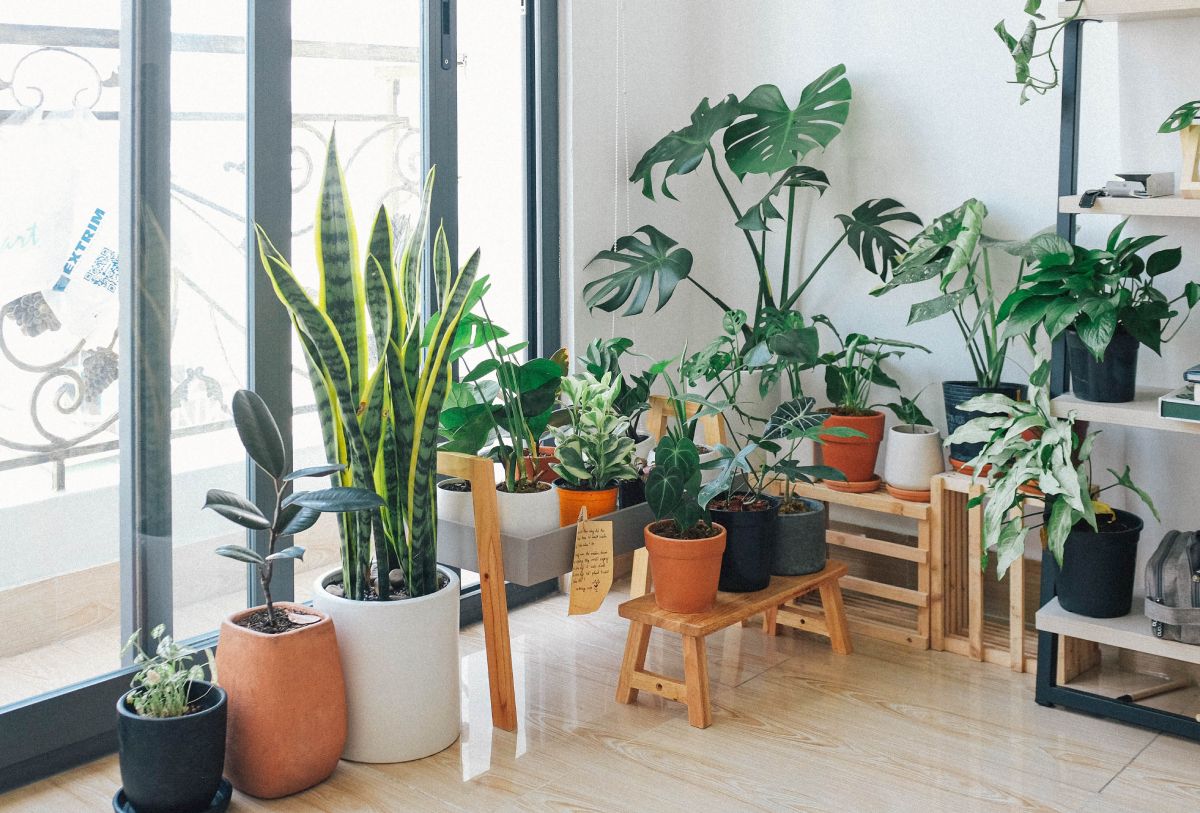
Their Role in Purifying Air
Indoor plants act as natural air purifiers, capable of absorbing toxins like formaldehyde, benzene, and trichloroethylene, chemicals commonly found in many household products. Plants absorb these harmful substances through their leaves and roots, and in some cases, microbial communities in the soil can also contribute to air purification.
NASA’s Clean Air Study
A widely referenced study by NASA pointed out that specific plants are exceptionally good at cleaning indoor air. So, it’s not just about adding any plant; choosing the right plants amplifies the benefits.
Contribution to Humidity and Temperature Control
Plants are adept at regulating indoor climate through a process known as transpiration. When plants release water vapor, it increases the humidity level in the space. A higher humidity level can be beneficial, especially in environments where air tends to be dry. This natural humidification process makes indoor spaces more comfortable and can even reduce the need for artificial heating or cooling systems.
Plants as Natural Thermostats
By helping to maintain a consistent humidity level, plants indirectly aid in temperature regulation. Think of them as your home’s natural thermostat.
Psychological Benefits
The psychological benefits of indoor plants shouldn’t be underestimated. Research indicates that the presence of plants can reduce stress, increase productivity, and even boost mood. The act of caring for a living thing provides a sense of accomplishment and fosters mindfulness. The color green has also been shown to have a calming effect, making plants an excellent addition to stress-prone areas like workspaces.
Plants and Mental Health
Growing evidence supports the idea that plants can also improve mental health. Even a brief interaction with nature, replicated indoors through plants, can have a profound impact on reducing anxiety and boosting well-being.
The Biophilia Hypothesis
The biophilia hypothesis suggests that humans have an innate tendency to seek connections with nature and other forms of life. Indoor plants serve as a conduit for fulfilling this natural affinity, especially in urban settings where greenery might be sparse.
In summary, indoor plants play a crucial role in making homes greener, healthier, and psychologically more balanced. Their benefits go beyond aesthetic pleasure, making them indispensable in a well-rounded, sustainable living strategy. So, the next time you’re redecorating or thinking about ways to improve your home environment, consider adding some green friends to your indoor spaces.
Choosing the Right Indoor Plants
Choosing the right indoor plants can make a world of difference in realizing the benefits we’ve talked about so far. Your selections should not only align with your aesthetic preferences but also with the specific conditions of your home. From sunlight availability to the size of your space, various factors come into play. In this section, we’ll guide you through these considerations and introduce some popular indoor plants suitable for different conditions.
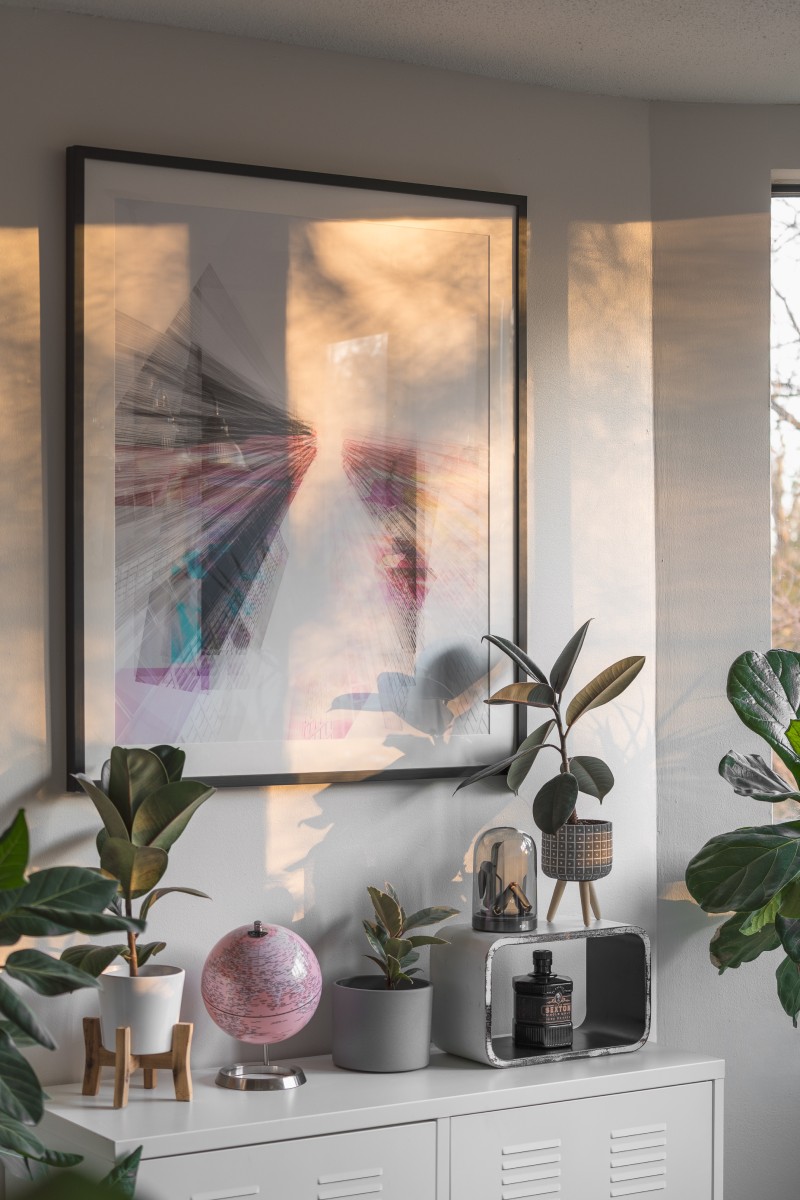
Factors to Consider When Choosing Plants
When you’re selecting indoor plants, think about more than just their looks.
Light Requirements
Different plants have different light needs, ranging from low-light tolerant species to those needing lots of sunlight. Take note of the lighting conditions in your space before making a choice.
Maintenance Level
Some plants require meticulous care, while others are more forgiving. Assess how much time and effort you’re willing to put into plant care.
Space Availability
The size of your space is another essential factor. Some plants grow tall and wide, while others are more compact. Make sure the plant you choose will fit comfortably in its intended location.
Brief Overview of Some Popular Indoor Plants
Let’s take a look at some commonly chosen indoor plants:
Snake Plant
A low-maintenance plant that’s perfect for beginners. It can thrive in low-light conditions and doesn’t require frequent watering.
Spider Plant
Great for hanging baskets, spider plants are effective air purifiers and easy to care for.
ZZ Plant
ZZ plants are hardy and can survive in a variety of lighting conditions. They’re also known for their air-purifying qualities.
Tips for Selecting Plants Based on Light and Space Conditions
For Low-Light Spaces
If your space doesn’t get much sunlight, consider plants like the snake plant or pothos. They are well-suited for low-light conditions.
For Small Spaces
Small spaces benefit from plants that don’t take up much room. Plants like succulents or aloe vera are great choices.
For Spaces with Plenty of Sunlight
If you have a sunny spot, consider plants like the fiddle leaf fig or a citrus tree. They’ll relish the abundant light.
When You Have Limited Time for Care
If you’re a busy person, go for plants that require minimal care. Cacti or the ZZ plant can be excellent choices.
In conclusion, choosing the right indoor plants involves a thoughtful approach that takes into consideration various factors like light, space, and your ability to care for the plant. Whether you’re a seasoned gardener or a complete newbie, there’s a perfect indoor plant out there for you. Make informed decisions to ensure that your green companions thrive and contribute to making your home a healthier, more vibrant space.
Caring for Indoor Plants
Once you’ve made your selections and welcomed new green companions into your home, the next critical step is ensuring they flourish. Proper care is fundamental to maintaining healthy, thriving indoor plants. This section provides a comprehensive guide on the general care guidelines, watering, light and temperature needs, as well as tips on recognizing and treating common plant health issues.
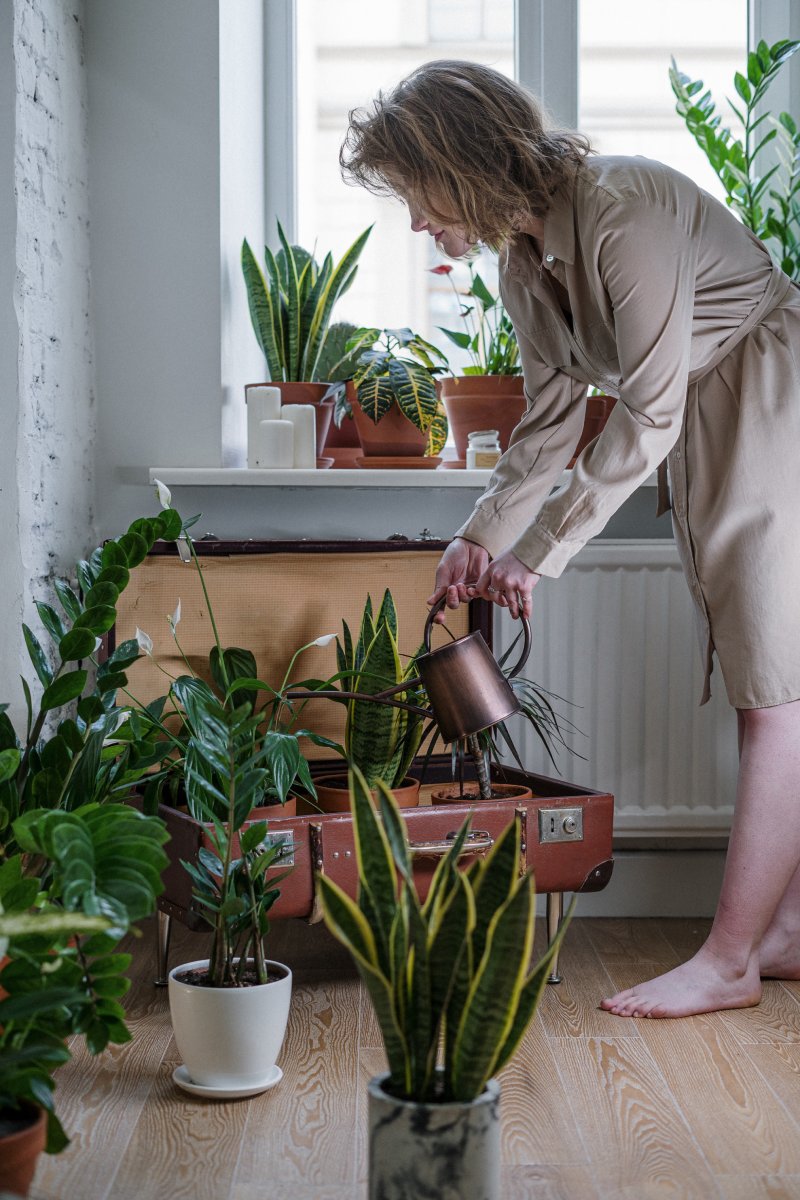
General Care Guidelines
Proper plant care starts with understanding the basic needs of your greenery.
Choosing the Right Soil
The right soil mix can make a significant difference in plant health. Opt for soil that provides good drainage and suits your specific plant species.
Using the Right Planters
Plants are likely to grow better in planters that have proper drainage holes. This prevents overwatering and root rot.
Fertilizing Wisely
Understand the nutrient needs of your specific plants. Some require regular fertilizing, while others do well with less frequent nourishment.
Watering, Light, and Temperature Needs
Each plant species has its unique needs, but here are some general pointers.
Watering
Too much or too little water can both be harmful. Observe your plants to know when they’re thirsty—wilted leaves or dry soil are signs.
Light
Plants have varied light requirements. Position them in a place where they receive the right amount of light, be it direct sunlight or partial shade.
Temperature
Keep your plants in a stable environment. Sudden changes in temperature can stress them out. Most indoor plants prefer a consistent, moderate temperature.
Recognizing and Treating Common Plant Health Issues
Being aware of the signs of plant stress can help you take corrective measures quickly.
Yellow Leaves
This can be a sign of overwatering or poor nutrition. Check the soil and consider adjusting your watering schedule or fertilizing.
Drooping
If your plant looks droopy or wilted despite adequate watering, it might need more light or be suffering from a root issue.
Pests
Look out for common pests like aphids or spider mites. You can treat these with natural remedies like neem oil or insecticidal soap.
Disease
Signs of disease could include moldy spots or discolored leaves. Isolate the sick plant to prevent the spread and treat it with appropriate remedies.
Taking proper care of your indoor plants is not just a responsibility—it’s a rewarding experience that nurtures both the plant and the planter. With some knowledge and regular attention, you can cultivate an indoor garden that not only looks beautiful but also contributes positively to your living environment.
Indoor Plants and Air Quality
While indoor plants uplift our spirits and add beauty to our homes, they also play a critical role in improving the air quality. Plants are not just decorative items; they are natural air purifiers. In this section, we will delve into how indoor plants enhance air quality, the common pollutants they can filter, and the best options for air purification.
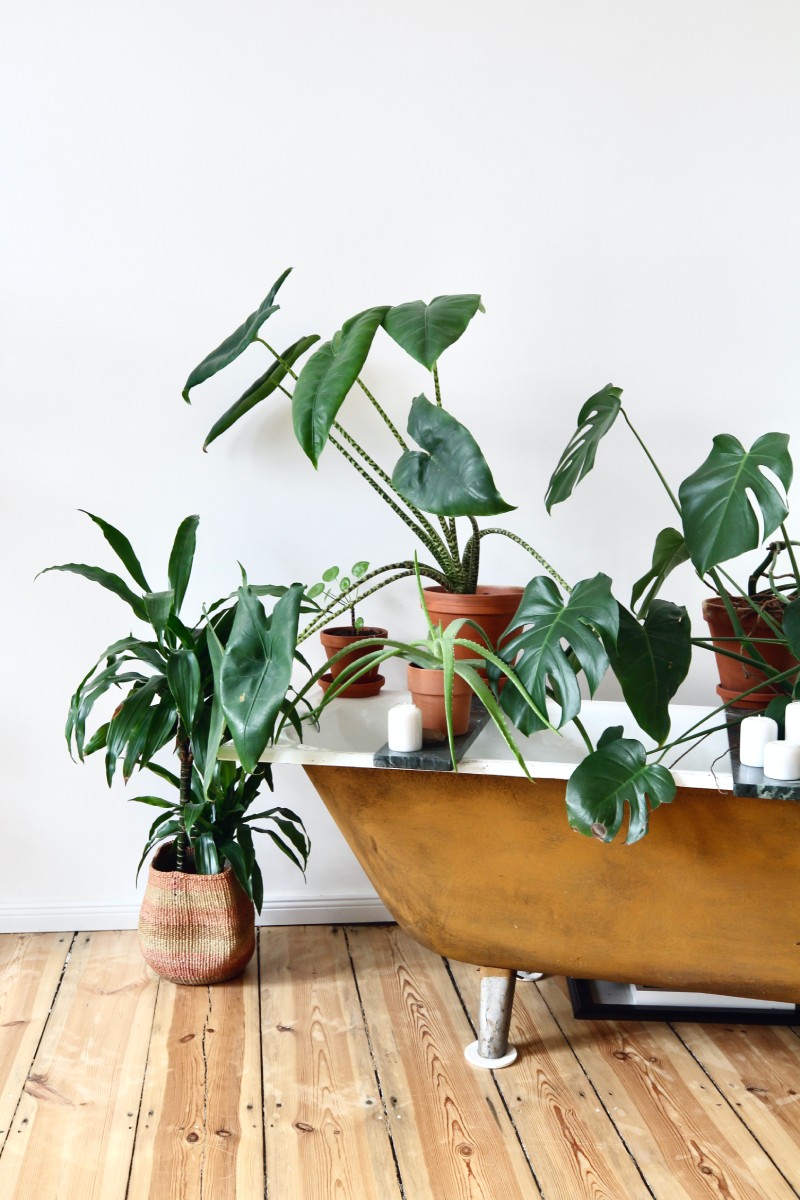
How Indoor Plants Improve Air Quality
Plants are natural air purifiers, thanks to the process of photosynthesis. As plants absorb carbon dioxide, they also take in various other harmful toxins and release oxygen. In this way, they help to cleanse the air.
Photosynthesis Beyond Oxygen
Most people know that plants absorb carbon dioxide and release oxygen. But many don’t realize that plants can also absorb other types of pollutants, effectively purifying the air.
Transpiration Effect
Transpiration in plants also adds moisture to the air, acting as a natural humidifier. This is particularly beneficial in environments where air conditioning or heating can create overly dry air.
Common Pollutants That Plants Can Filter
Indoor pollution is often underestimated. Items like furniture, cleaning products, and even carpets can emit harmful substances.
Formaldehyde
Common in many cleaning products, furniture, and building materials, formaldehyde can be harmful in high concentrations. Plants like the spider plant and peace lily can absorb and neutralize this toxin.
Benzene and Trichloroethylene
These chemicals often originate from dyes, synthetic fibers, and detergents. Some plants, like the snake plant and the rubber plant, are effective in filtering benzene and trichloroethylene.
VOCs (Volatile Organic Compounds)
VOCs are often emitted from paints, aerosols, and electronic devices. Plants such as aloe vera and Boston fern can absorb these compounds, making the air cleaner.
The Best Plants for Air Purification
While most plants have some air-purifying qualities, some are particularly effective at filtering specific pollutants.
Spider Plant
Easy to care for and efficient at removing formaldehyde and xylene, the spider plant is an excellent choice for beginners.
Snake Plant
Also known as the mother-in-law’s tongue, the snake plant excels in removing benzene, formaldehyde, and other pollutants. It also performs well in low-light conditions.
Peace Lily
The peace lily not only filters out harmful toxins like ammonia and benzene but also brightens up your living space with its beautiful white blooms.
By integrating the right indoor plants into your living space, you’re not just enhancing its aesthetic appeal. You’re actively contributing to a cleaner, healthier environment for you and your loved ones.
Indoor Plants for Mental Health
In addition to their aesthetic appeal and air-purifying abilities, indoor plants offer a range of mental health benefits. While these green companions are sprucing up your living spaces, they are also quietly boosting your mental well-being. This section sheds light on the research findings related to plants and mental health, how plants can help reduce stress and improve mood, and the role plant care plays in promoting mindfulness and responsibility.
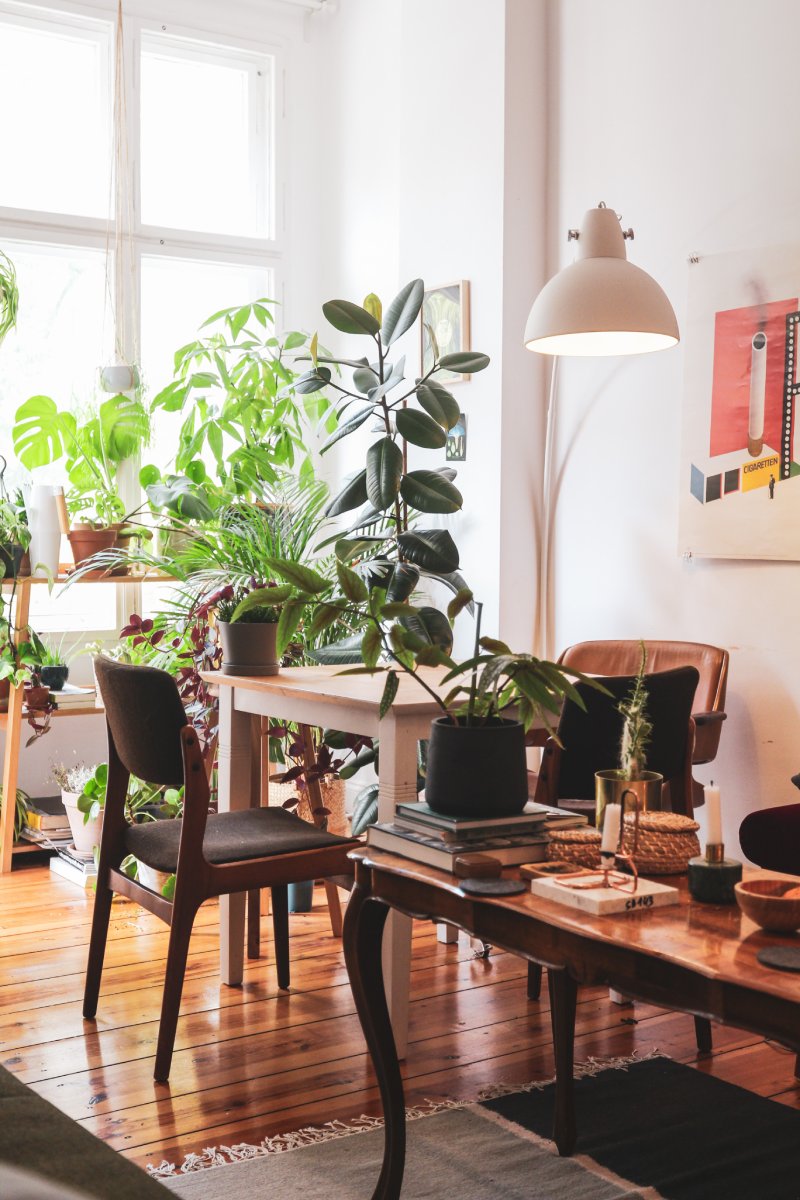
Research Findings on Plants and Mental Health
A growing body of scientific evidence supports the idea that indoor plants can enhance mental health. Various studies indicate that the mere presence of plants can reduce stress levels, improve focus, and even boost your mood.
The Biophilia Hypothesis
This term refers to humans’ innate affinity for nature and living things. Research suggests that this intrinsic connection to nature can significantly benefit mental well-being.
Cognitive Benefits
Studies have shown that having plants in your workspace or home can improve concentration and productivity by up to 15%, thereby positively impacting cognitive function.
How Plants Can Help Reduce Stress and Improve Mood
The psychological benefits of indoor plants go beyond scientific data; they have a real-world impact on your daily life.
Greenery as a Mood Booster
Having plants around you can elevate your mood. Their green foliage and, in some cases, vibrant blooms infuse positivity into your surroundings.
Stress Reduction Through Visual Stimulation
The colors and textures of indoor plants can serve as visual stimuli that have calming effects on the human brain, reducing stress and anxiety levels.
The Role of Plant Care in Promoting Mindfulness and Responsibility
Plant care isn’t just about watering and pruning; it’s an exercise in mindfulness and responsibility.
Mindfulness Through Routine Care
The routine care of plants—watering, fertilizing, pruning—becomes a form of mindfulness, a small daily ritual that lets you unplug from digital stress and reconnect with the physical world.
Responsibility and Emotional Investment
Taking care of a living organism fosters a sense of responsibility and emotional investment, enriching your emotional landscape.
The Journey from Seed to Flower
Plant care is also a lesson in patience. Watching a plant grow from a seed or a small stem into a mature plant can be a deeply satisfying and therapeutic experience.
In summary, the mental health benefits of indoor plants are not to be underestimated. Their power to reduce stress, enhance mood, and promote mindfulness makes them an essential element in the pursuit of a balanced, healthy lifestyle. These benefits are not just aesthetic or atmospheric; they are tangible improvements to your quality of life. So the next time you’re considering a new addition to your home décor, remember that a pot of green can go a long way in making your home a sanctuary for both body and mind.
Creating a Green Space with Indoor Plants
Creating a green space within your home isn’t merely about accumulating an assortment of plants; it’s about thoughtfully arranging them in a way that transforms your living space into a serene, natural haven. This section delves into actionable tips for arranging indoor plants, ensuring they’re pet-friendly, and exploring larger plant installations like green walls.
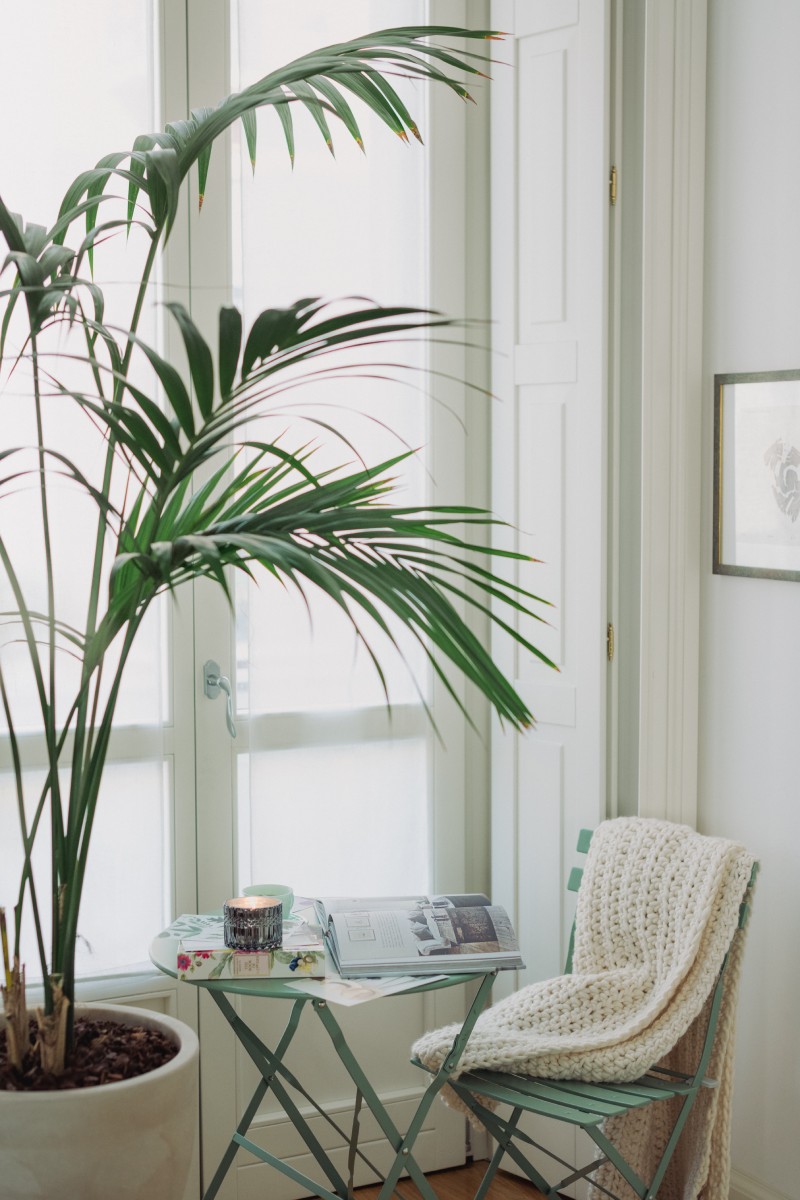
Tips for Arranging Indoor Plants
Optimize for Light Exposure
Different plants have different light requirements. Place your sun-loving plants near windows and keep shade-loving plants in dimmer areas.
Elevate with Style
Don’t just limit your plants to the floor or tables. Use hanging planters, stylish stands, or even floating shelves to elevate their presence. This also helps distribute the visual weight throughout the room.
Create a Focal Point
Choose a large plant or a unique plant arrangement to act as a focal point. This draws attention and helps set the mood for the entire green space.
Considerations for Pet-Friendly Plants
Check for Toxicity
While some plants purify the air and are safe for humans, they can be toxic to pets. Research each plant type before bringing it home if you have pets.
Placement Matters
Keep potentially toxic plants on high shelves or in hanging baskets out of reach from your furry friends.
Alternative Options
Opt for pet-friendly plants like spider plants or African violets, which pose no threat to your animal companions.
Ideas for Green Walls and Larger Plant Installations
The Vertical Garden
If you’re limited on floor space but still want to create a dramatic impact, consider a vertical garden. These wall-mounted arrangements can house various plant types and become a stunning feature wall.
Container Gardens
Use large containers or plant boxes to create mini-gardens in corners or along walls. These can include a mixture of plant types, offering both height and texture variations.
Be Bold with Green Architecture
For those willing to make a long-term commitment, integrating plant walls into the architecture of your home is an excellent way to make a lasting impact. These installations use hydroponics and can even include automated watering systems.
The Eco-Friendly Room Divider
Large plant installations can also function as room dividers. A tall shelf filled with plants can offer privacy while maintaining an open feel, enhancing the space’s overall aesthetics.
Creating your green haven is not just about the number or types of plants you gather, but also about how you integrate them into your living space. A well-arranged green space can offer benefits that go beyond the visual, providing both mental and physical well-being. The keys to successfully crafting this space lie in thoughtful arrangement, pet-friendly considerations, and the daring to dream big with larger installations.
The Role of Indoor Plants in Energy Efficiency
Indoor plants do more than just beautify your home; they can also contribute to energy efficiency. By regulating temperature and reducing the need for heating or cooling appliances, plants can be a practical addition to your green home. In this section, we’ll explore how plants can assist in natural temperature regulation, boost energy efficiency, and how to place them for maximum benefits.
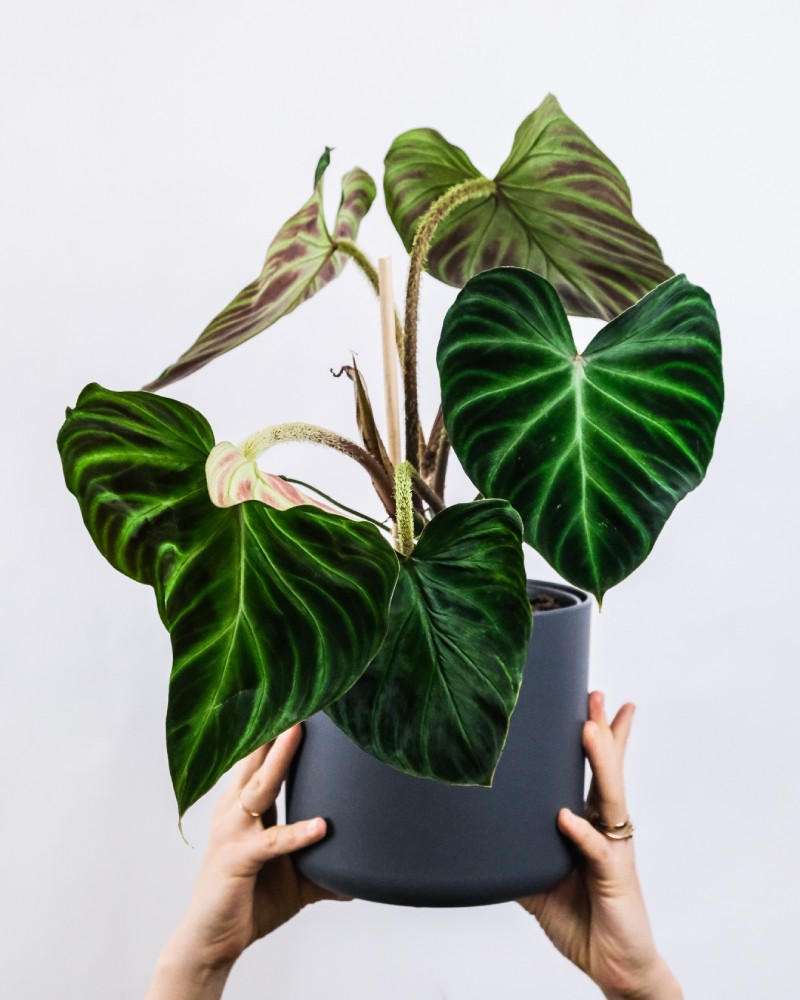
Plants and Natural Temperature Regulation
Transpiration Cools the Air
Plants release water vapor into the air through a process called transpiration. As the water vapor evaporates, it cools the surrounding air, effectively serving as a natural air conditioner.
Seasonal Flexibility
In winter, plants can help maintain moisture levels in the indoor air, making heating more effective. They also provide some insulation by blocking drafts, contributing to a warmer atmosphere.
How Plants Can Help with Energy Efficiency
Less Dependence on Appliances
When plants cool the air in the summer and make heating more effective in the winter, you become less reliant on your HVAC system. This can translate to reduced energy consumption and lower utility bills.
Improved Indoor Air Quality Reduces Fan Use
Plants purify the air by removing volatile organic compounds. Cleaner air reduces the need for air purifiers or fans, which are energy-consuming appliances.
Plant Placement for Maximum Benefits
Near Windows and Vents
Place plants near windows or vents where air circulates, to maximize their temperature-regulating capabilities. This ensures that the cool or warm air plants generate gets distributed effectively.
North or South-Facing Windows
Consider placing sun-loving plants near south-facing windows where they can receive plenty of light, and consequently, perform better at transpiration. For shade-loving plants, north-facing windows are usually better.
Cluster for Effectiveness
Grouping plants together can create microclimates within your home. These clusters work more effectively in regulating temperature than individual, scattered plants.
Use Tall Plants as Draft Shields
Position tall, sturdy plants near entrances or draft-prone areas. These plants can act as natural barriers, reducing drafts and helping to keep your home’s temperature stable.
Indoor plants can play a surprising role in making your home more energy-efficient. From the natural cooling effects of transpiration to reducing dependence on energy-consuming appliances, plants offer various ways to contribute to a greener, more efficient home. Thoughtful placement can further amplify these benefits, making your indoor green space not just aesthetically pleasing, but also practically beneficial.
Troubleshooting Common Indoor Plant Issues
Despite the numerous benefits of keeping indoor plants, challenges can sometimes arise in maintaining them. It’s crucial to recognize the signs of common issues such as disease, inadequate growth conditions, or pest infestations. Addressing these problems promptly will ensure your plants continue to thrive and contribute to a green home. This section will guide you through common problems, when it’s time to consider repotting or changing the environment, and effective pest control methods.
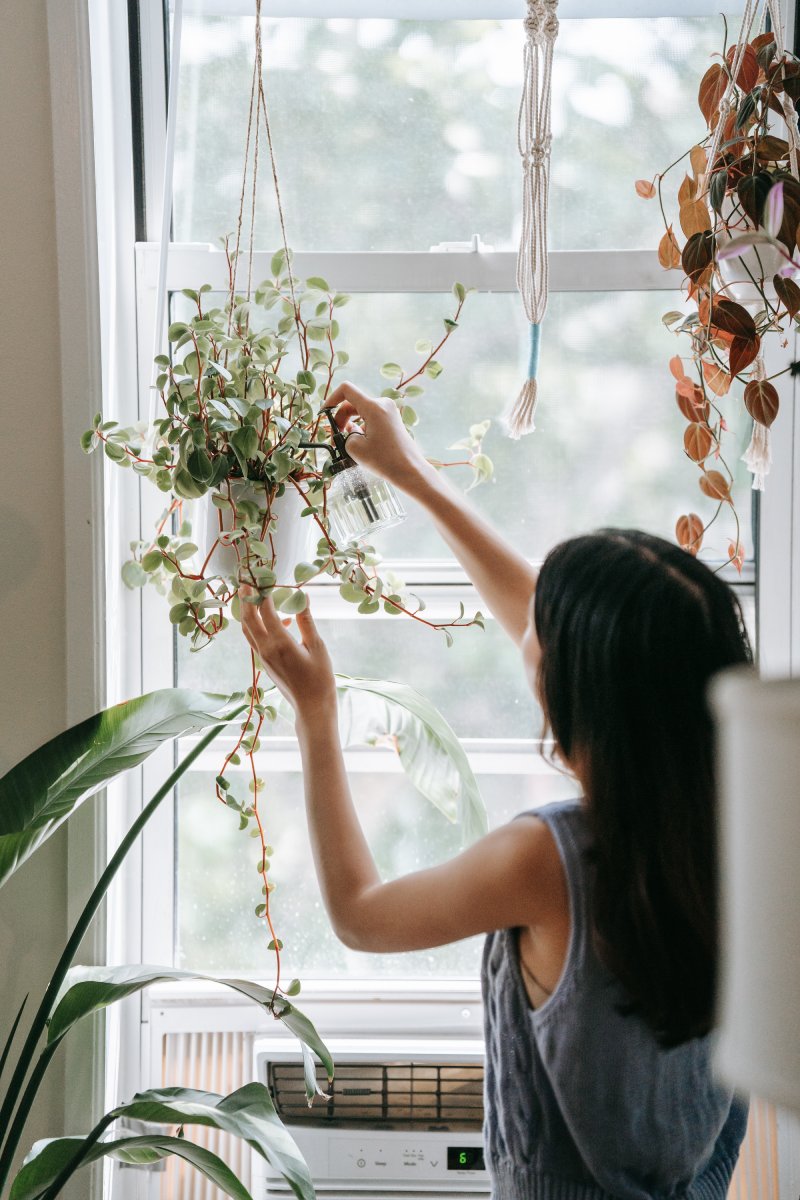
Common Problems and Their Solutions
Yellow or Brown Leaves
Yellowing or browning leaves usually indicate water stress. Overwatering can suffocate plant roots, while underwatering leads to dehydration. Adjust your watering schedule accordingly.
Wilting
Wilting can occur due to both overwatering and underwatering. Check the soil’s moisture level to determine which issue your plant is facing and adjust your watering routine.
Slow Growth or No Blooms
If your plant isn’t growing or blooming, it might lack essential nutrients. Consider adding a balanced fertilizer to its soil.
When to Repot or Change the Environment
Root-Bound Plants
If you notice roots growing out of the drainage holes, or if the plant seems to have stopped growing, it’s likely root-bound. Repotting into a larger container can solve this issue.
Seasonal Changes
Some plants require seasonal shifts in light and temperature. Make sure to move them to a more appropriate location within your home during different seasons.
Signs of Stress
If your plant shows multiple signs of stress like wilting, yellow leaves, and stunted growth, consider changing its environment. Sometimes a simple move to a different location can make a significant difference.
Guidance on Pest Control for Indoor Plants
Identify the Pest
First, identify the type of pest you’re dealing with. Whether it’s aphids, spider mites, or fungus gnats, different pests require different treatments.
Use Organic Insecticides
Organic insecticides like neem oil can effectively handle most common pests without harming your plant or posing risks to pets and humans.
Quarantine Affected Plants
If one of your plants gets infested, quarantine it immediately to prevent the spread of pests to other plants.
Regular Monitoring
Regularly inspect your plants for signs of pests and take prompt action if you notice any issues. This proactive approach will save you a lot of time and effort in the long run.
Understanding how to troubleshoot common problems is key to successfully maintaining an indoor green space. From diagnosing issues like yellow leaves and wilting to knowing when to repot or change the environment, it pays to be vigilant and informed. Additionally, effective pest control methods can go a long way in keeping your plants healthy and beautiful.
Conclusion
As we come to the end of this enlightening journey through the world of indoor plants, it’s clear that their role extends beyond mere aesthetics. Not only do they purify the air and contribute to a healthy living environment, but they also offer numerous psychological benefits and even help with energy efficiency. This concluding section aims to encapsulate the multifaceted benefits of indoor plants, discuss the transformative power of plant care on personal growth, and offer a final word of encouragement for you to embrace more greenery in your home.
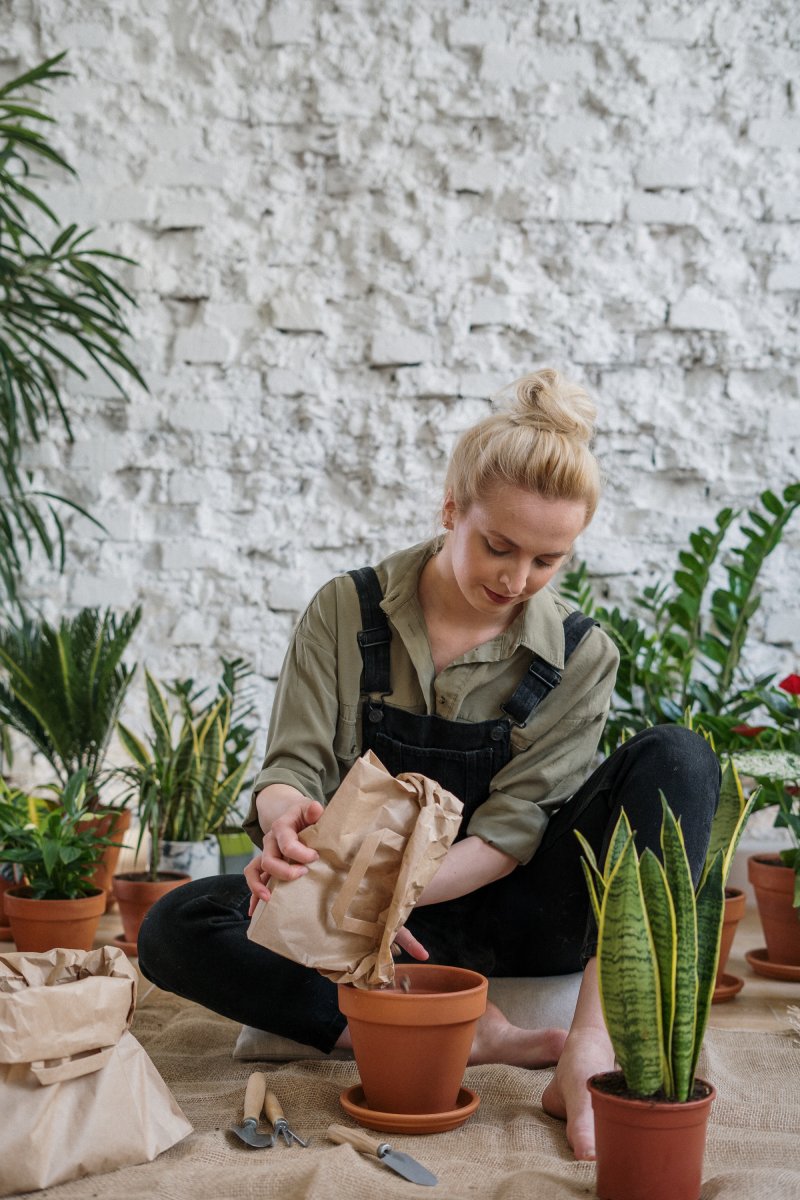
Recap on the Importance of Indoor Plants in a Green Home
Indoor plants serve as a cornerstone for any green home, providing a wide array of benefits that can’t be overlooked. They work tirelessly to purify the air by filtering out common pollutants, making your living space a sanctuary of clean air. Moreover, the ability of plants to regulate temperature and humidity naturally reduces the need for electronic devices like humidifiers or air conditioners, thus contributing to energy efficiency. Don’t underestimate the powerful psychological impact they can have on your mood, stress levels, and overall mental well-being. In short, integrating plants into your home is one of the easiest yet most effective ways to create a healthier, happier, and more sustainable living environment.
The Dual Role: Aesthetic and Functional
While many of us bring in plants primarily for their visual appeal, it’s vital to recognize that these green companions serve both aesthetic and functional roles. They beautify our living spaces while also performing tasks that directly benefit our health and comfort.
Final Thoughts on Personal Growth Through Plant Care
Taking care of plants isn’t just a hobby; it’s a form of self-care and personal growth. The act of nurturing another living being teaches responsibility, patience, and mindfulness. It offers a meditative escape from the daily hustle and allows you to focus on the present moment. Plant care can be a deeply fulfilling experience, transforming not just your home but also your mindset and approach to life.
Mindfulness Through Plant Care
Being attentive to the needs of your plants, such as when they need water or a change of environment, can help you become more mindful in other areas of your life. This skill can improve your relationships, job performance, and overall well-being.
Encouragement to Integrate More Greenery into the Reader’s Home
If you haven’t already started, now is the perfect time to integrate more greenery into your home. No matter your level of expertise, there are plants suitable for every home and lifestyle. Whether you live in a spacious house with abundant natural light or a small apartment with limited window space, there’s a plant for you. And remember, every plant you add contributes to a healthier, happier, and more sustainable home.
Start Small but Dream Big
For beginners, starting with low-maintenance plants like snake plants or spider plants is advisable. As you gain more confidence and experience, you can gradually move on to more exotic or demanding species.
In closing, embrace the green revolution within the walls of your own home. It’s not just about decorating your living space; it’s about creating an ecosystem that nurtures both you and the environment. Take that first step today and transform your home into a greener, healthier haven.

